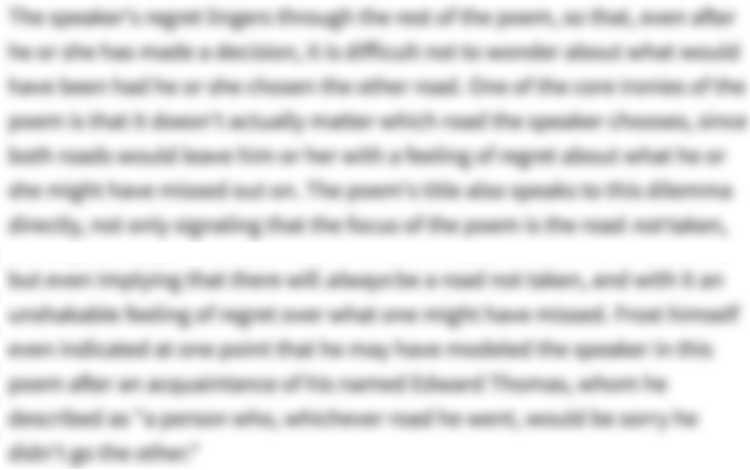The Full Text of “Holy Sonnet 10: Death, be not proud”
1Death, be not proud, though some have called thee
2Mighty and dreadful, for thou art not so;
3For those whom thou think'st thou dost overthrow
4Die not, poor Death, nor yet canst thou kill me.
5From rest and sleep, which but thy pictures be,
6Much pleasure; then from thee much more must flow,
7And soonest our best men with thee do go,
8Rest of their bones, and soul's delivery.
9Thou art slave to fate, chance, kings, and desperate men,
10And dost with poison, war, and sickness dwell,
11And poppy or charms can make us sleep as well
12And better than thy stroke; why swell'st thou then?
13One short sleep past, we wake eternally
14And death shall be no more; Death, thou shalt die.
-
“Holy Sonnet 10: Death, be not proud” Introduction
-
-
“Holy Sonnet 10: Death, be not proud” Summary
-
-
“Holy Sonnet 10: Death, be not proud” Themes
-
The Powerlessness of Death
- See where this theme is active in the poem.
-
-
Line-by-Line Explanation & Analysis of “Holy Sonnet 10: Death, be not proud”
-
Lines 1-4
Death, be not proud, though some have called thee
Mighty and dreadful, for thou art not so;
For those whom thou think'st thou dost overthrow
Die not, poor Death, nor yet canst thou kill me. -
Lines 5-8
From rest and sleep, which but thy pictures be,
Much pleasure; then from thee much more must flow,
And soonest our best men with thee do go,
Rest of their bones, and soul's delivery. -
Lines 9-10
Thou art slave to fate, chance, kings, and desperate men,
And dost with poison, war, and sickness dwell, -
Lines 11-12
And poppy or charms can make us sleep as well
And better than thy stroke; why swell'st thou then?
-
-
“Holy Sonnet 10: Death, be not proud” Symbols
-
Sleep
- See where this symbol appears in the poem.
-
-
“Holy Sonnet 10: Death, be not proud” Poetic Devices & Figurative Language
-
Apostrophe
- See where this poetic device appears in the poem.
-
Alliteration
- See where this poetic device appears in the poem.
-
Anaphora
- See where this poetic device appears in the poem.
-
Enjambment
- See where this poetic device appears in the poem.
-
Paradox
- See where this poetic device appears in the poem.
-
Personification
- See where this poetic device appears in the poem.
-
-
“Holy Sonnet 10: Death, be not proud” Vocabulary
Select any word below to get its definition in the context of the poem. The words are listed in the order in which they appear in the poem.
- Thee
- Thou
- Art
- Think'st
- Dost
- Canst
- Thy
- Pictures
- Bones
- Poppy
- Charms
- Stroke
- Swell'st
Thee-
- See where this vocabulary word appears in the poem.
-
Form, Meter, & Rhyme Scheme of “Holy Sonnet 10: Death, be not proud”
-
Form
-
Meter
-
Rhyme Scheme
-
-
“Holy Sonnet 10: Death, be not proud” Speaker
-
-
“Holy Sonnet 10: Death, be not proud” Setting
-
-
Literary and Historical Context of “Holy Sonnet 10: Death, be not proud”
-
-
More “Holy Sonnet 10: Death, be not proud” Resources
-
External Resources
-
A Clip from Wit — A clip from the film version of Wit, a play by Margaret Edson. The two lead characters discuss the punctuation of Donne's sonnet.
-
A Reading by John Gielgud — A reading by the influential actor and theater director, John Gielgud.
-
Britten's "Death, be not proud" — English composer Benjamin Britten set a number of Donne's "Holy Sonnets" to music. Here is a performance of "Death, be not proud."
-
The Holy Sonnets — A link to the entire "Holy Sonnets" series (based on the Westmoreland manuscript).
-
-
LitCharts on Other Poems by John Donne
-












